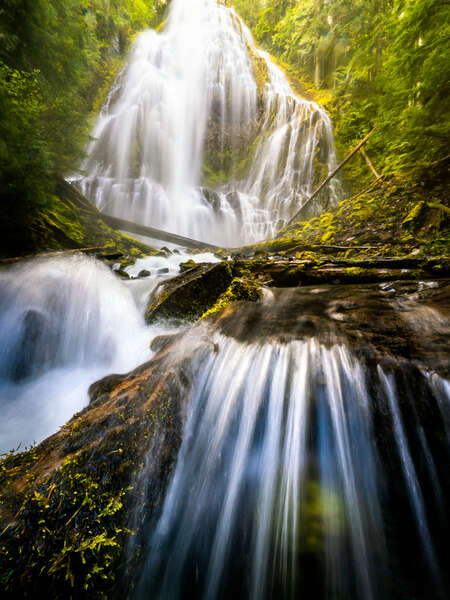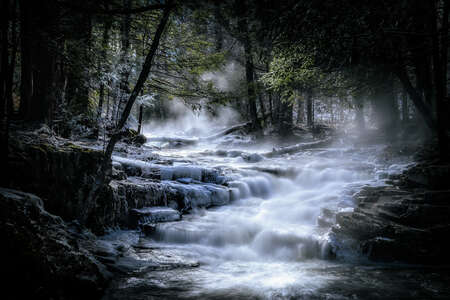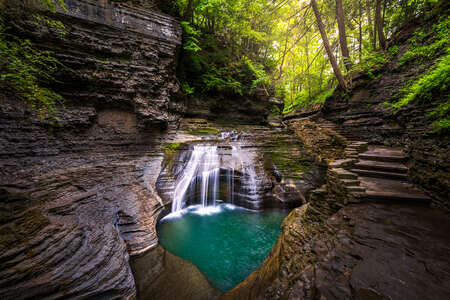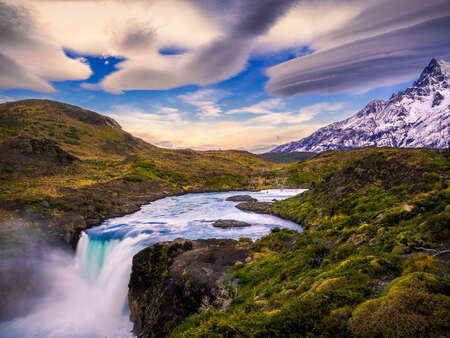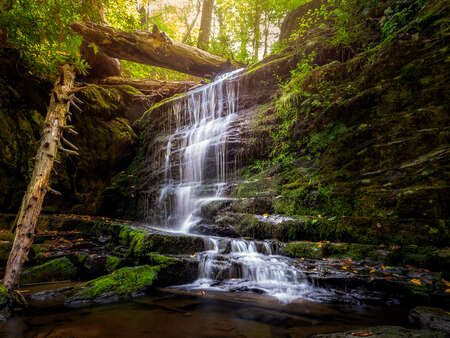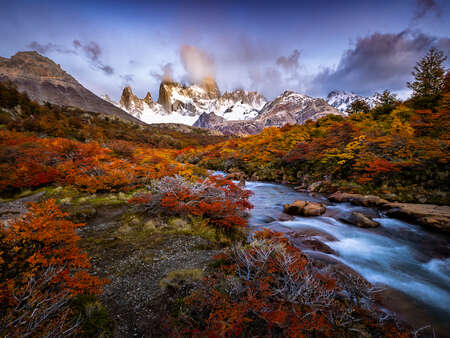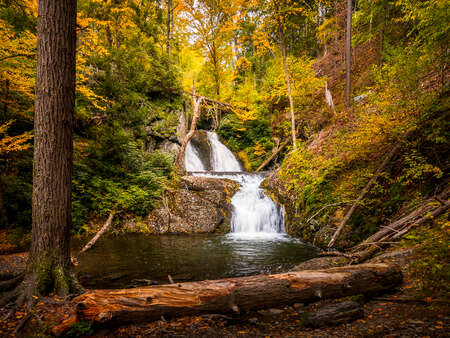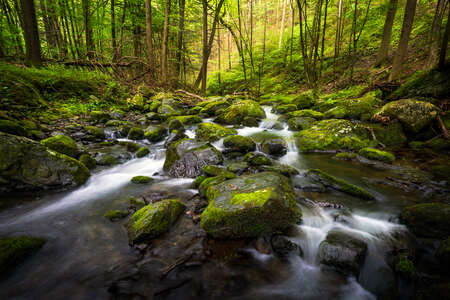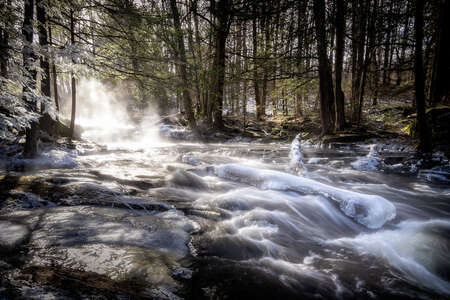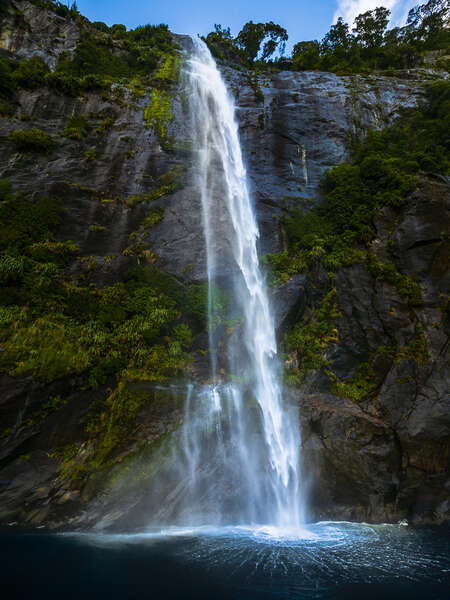Waterfalls are one of my favorite elements to capture with my camera. As an avid outdoor photographer, I am always looking to capture nature in every season and across the globe. The landscapes change so dramatically throughout the year. I absolutely love the photographic opportunities that are created by nature. This also means planning and being in the moment when nature is on your side.
There are many important elements / details that I focus on when planning a waterfall shoot. I will take you through several of those in this tip. Some of these are nearby locations that I may have been to multiple times and some of these are from global trips where I know I have one chance to capture the image.
Time of Day & Season
Time of day is critical. Whether it is about the sunlight either rising or setting, it is important to plan your trip around the clock and of course, the weather.
Accessibility & Scouting
Know where you are going. It is important to know the access to the site and the overall terrain. You need to know how you will reach the spot and what equipment is important (outside of what is in your camera bag). If the destination is local, I may do a reconnaissance mission to scope out the area, the accessibility and other details.
Some of the sites require a hike back in to the woods so that needs to be a factor in planning. Weather also plays a big role in accessibility and especially in snowy or icy conditions, your plans may need to be adjusted.
For this image, I went the day before and scouted the area and went back before the sun was up the next morning to access the site without all the people in the shot.
New Location & Prep
I have found several key apps that I am planning a trip or scouting a new area. These Amos help me identify weather, time of day relevance & accessibility to the location. Here are a few of my go-to’s:
- Sunseeker
- All Trails
- The Photographer’s Ephemeris (TPE) / PhotoPills
These apps are both about the sunlight/time of day as well as accessibility to the site based on trails and conditions.
The All Trails app is good for knowing the best trail heads and also accessibility (and difficulty). It also lets me know about crowds (which I try to avoid).
I also always use my GPS for pinpointing my location. If you are trekking in difficult terrain it is always good to make sure someone knows where you are.
Once I have a know my access, it is all about planning for the shot. I focus on composition of the shot with a preconceived plan as to aesthetics. This might include water affects and/or layers in my shot. Foreground, mid-ground and background are also very important. Nothing is worse then thinking I have a great shot to see in my post-processing many details that are distracting to the image.
My Camera Bag
My camera bag varies by location. This is why knowing and scouting out the location is so important. The good news is the OM System I use is smaller in size and weight and allows me to be nimble, particularly in the areas where I am hiking to the falls. Here is what I typically have in my bag:
- Two Camera Bodies
- Wide angle & medium focal length zoom lens
- ND Filters
- Polarizer Filters
- Tripod
Here are some of my images- both local and abroad. Finding the location is key- and also scouting and prepping for the shoot is important. For some of these images, I was traveling abroad with a guide who knew the area(s) and had done the scouting work ahead of the trip.
Using Live ND
The Internal Live ND Mode in the OM-1 Mark II, OM-1, OM-5, OM-D E-M1X, & OM-D E-M1 Mark III is especially useful to me and a feature I am able to use to maximize my imagery.
Why Use Internal ND Instead of a Traditional Filter?
The benefit to the internal ND filters are that it requires less equipment and less transition in shooting the desired image. Not having to add on an external filter provides for quicker image set up and mobilization. Given that I am shooting moving features such as water or clouds, timing can sometimes be critical in the process.
Want to learn more about the Internal Live ND mode? Check out my latest article: WHEN TO USE THE INTERNAL LIVE ND FILTER
Featured Products:
ABOUT FRANK SMITH
Web: http://www.franksmithphotos.com
Blog: http://franktsmith.wordpress.com
OM SYSTEM Ambassador Frank Smith is a self-taught photographer whose love for the craft goes back to a very early age. Decades later, Frank’s passion for photography has yet to fade as his skills continue to evolve.
A native Northeasterner, Frank often focuses his lens on regional and local scenery including the Pocono Mountains and the historical sites of Bethlehem, Pennsylvania. His raw travel and philanthropic photojournalism covers global themes, shedding light on cultural issues such as regional corruption in areas including South Sudan and Haiti.
